Assateague's Wild Horses
Discover the Wild Beauty of Assateague National Seashore’s Horses
There are many legends of how the wild horses of Assateague Island came to reside here, and, all of them are shadowed in the mists of the past. The legends range from dramatic shipwrecks to abandonment, glorious Spanish galleons, and farmers trying to avoid taxes. Regardless of what legend you believe - the chance to catch a glimpse of these wild horses frolicking in their natural environment is an unforgettable travel moment.
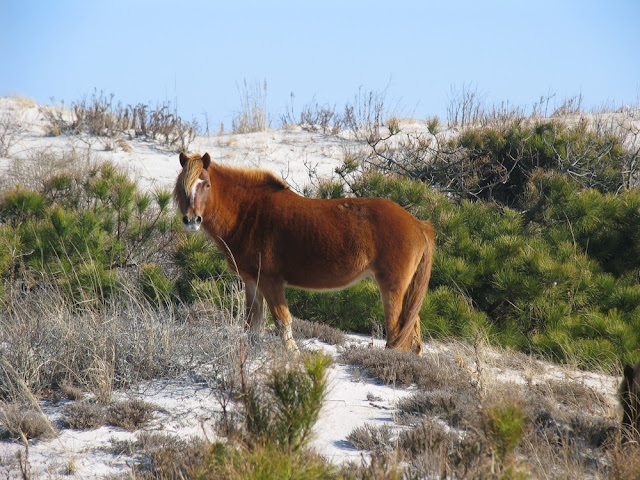 |
| Photo Credit NPS |
According to the most popular and dramatically romantic legend, a Spanish galleon was wrecked just off the shoreline of Assateague Island in the late 17th century. Native Americans living in the area rescued the crew, while the horses on board swam to the safety of the island’s shoreline. The description of the crew by Native Americans as documented in Scribner’s Monthly predates Jamestown (1607) by several years. Just how many members of the crew were rescued and how many of the horses swam to shore will never be known. This legend was passed down from generation to generation of people living on the island and was memorialized by Marguerite Henry’s Misty of Chincoteague.
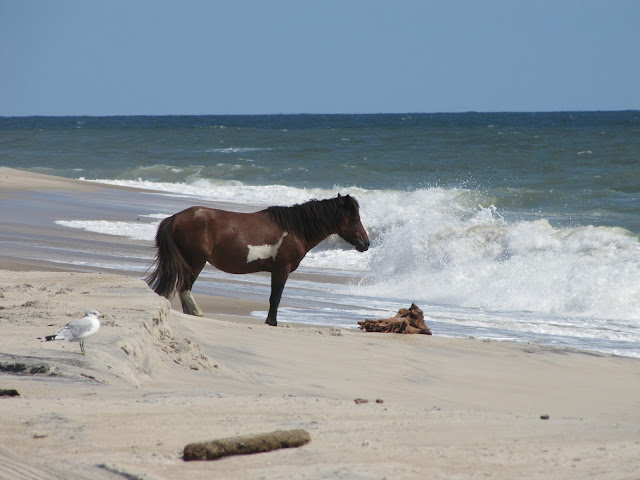 |
| Photo Credit NPS |
Another theory maintains that the horses of Assateague were abandoned by 17th-century colonials that brought their horses to the island to avoid fencing laws and the taxation of livestock. One of the more outlandish legends has to do with the famed pirate Blackbeard. It was believed that he gave his favorite wife (he had 14) that lived on Assateague Island a herd of horses. The legend goes on to relate that the horses’ visitors see today are descents of those owned by Blackbeard’s beloved wife.
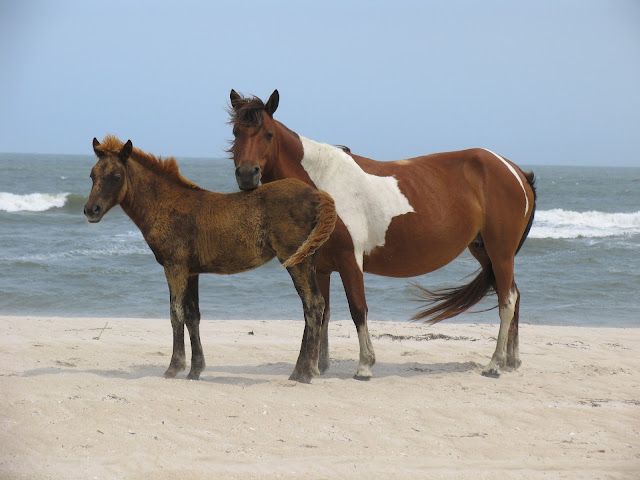 |
| Photo Credit NPS |
A popular legend links the horses of Assateague to the Spanish man-of-war, La Galga. This ship was escorting six ships back to Spain from Cuba when it encountered a hurricane off the coast of Florida. Several ships were lost but the La Galga was driven to the shoreline of Assateague Island. The crew of the La Galga claimed that their horses swam to shore on that stormy night. Many believe that the horses that roam the island today are descents of those horses from the Spanish man-of-war that swam to safety. A recent find of a Spanish wreck discovered off Assateague Island lends credibility to this legend.
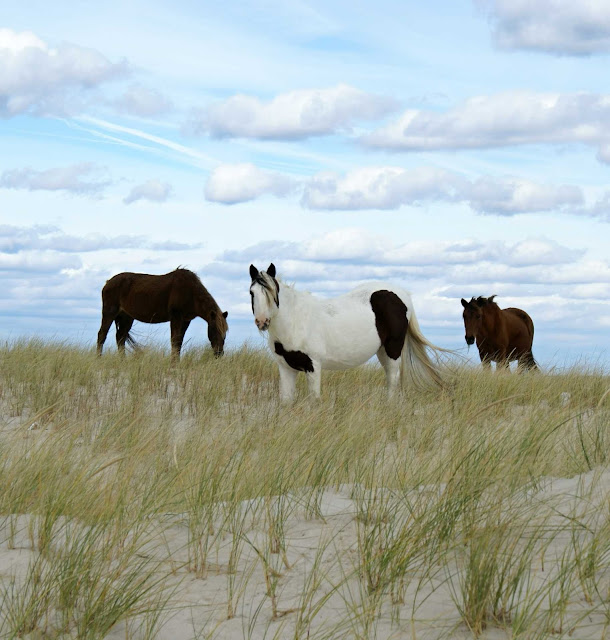 |
| Photo Credit NPS |
Today about 300 wild horses graze on marsh and sand dune grasses, rosehips, bayberry twigs, and persimmons on Assateague Island. The horses are often spotted in the island’s bay habitats when traveling by boat and in pines forests or grazing on salt marsh cordgrass along Assateague’s western shoreline when exploring by foot.
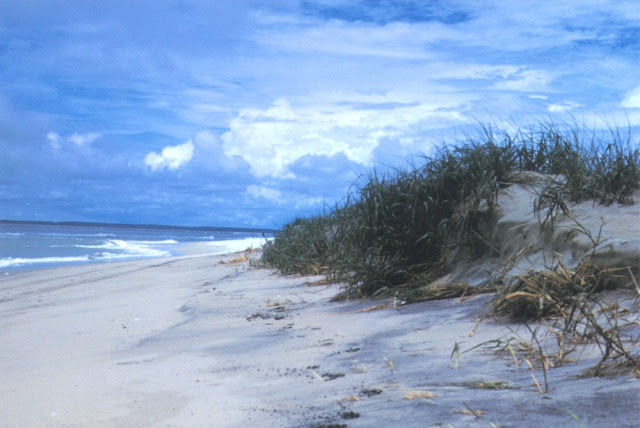 |
| Photo Credit NPS |
Assateague Island was dedicated as a National Seashore in 1965, in celebration of its’ long history. The area is managed by three official park agencies including the National Park Service, the U.S. Fish, and Wildlife Service, and the Department of Natural Resources. In addition to the horses, Assateague Island is home to more than 350 bird species including bald eagles, merlins, piping plovers, pelicans, oystercatchers, snow geese, black skimmers, great horned owls, and peregrine falcons. In addition, there are significant populations of Delmarva fox squirrels, sika deer, and red foxes.
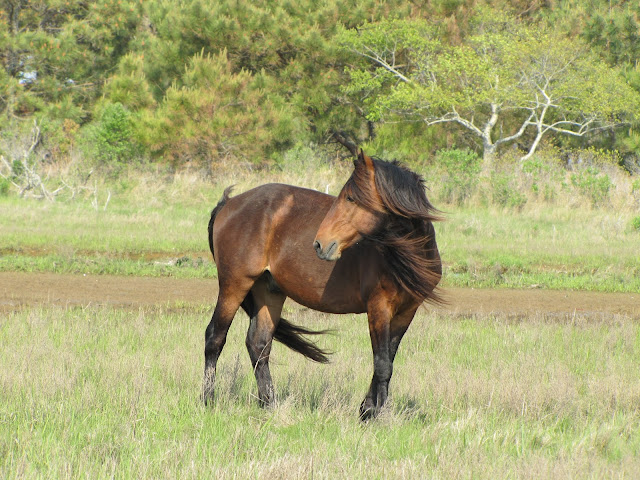 |
| Photo Credit NPS |
Check out our tour Oceans, Dunes, and Horses, September 23-26 that visits Ocean City, Tangier Island, and Assateague Island where you may catch a glimpse of a wild horse as well as birds and other mammals that make this pristine paradise their home.
